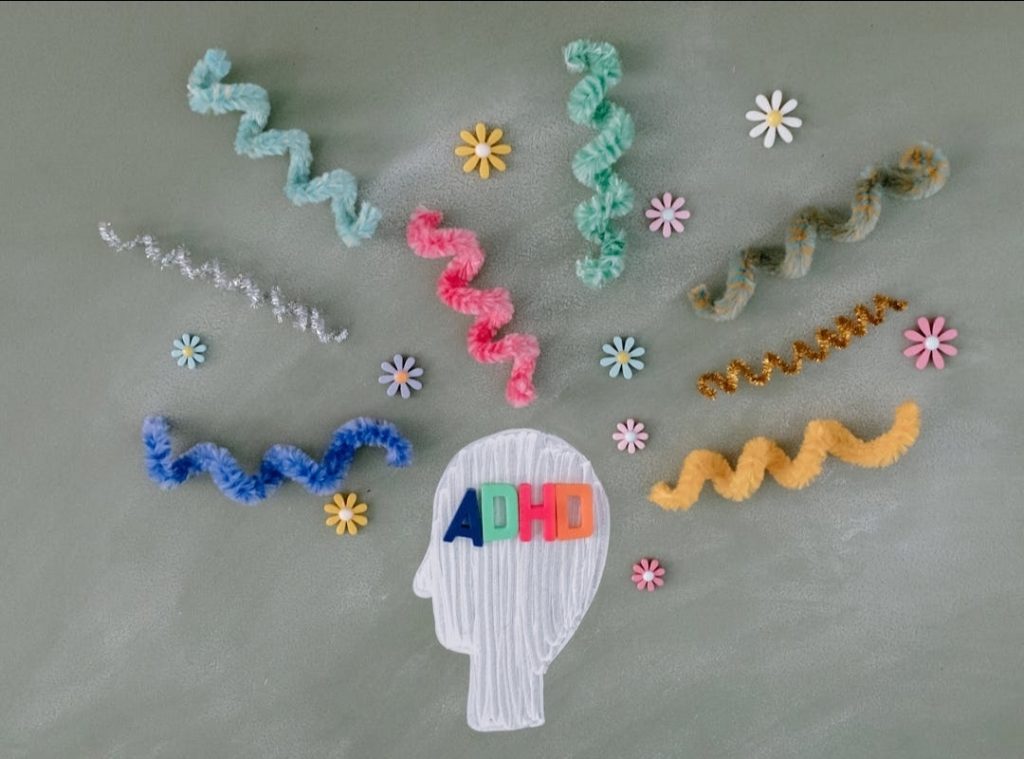What is codependency?
In healthy relationships, it’s natural to rely on each other for support, but there’s a difference between depending on someone for emotional, financial or physical support and being codependent.
Codependency is behavior in relationships where one persistently prioritizes someone else over themselves and then assesses their mood on that behavior.
Vicki Botnick, a marriage and family therapist in Tarzana, California describes codependency as “a sense of forgetting where you end, and your partner, or other relationships begin. One person loses their sense of independence and believes they need to tend to someone else.”
Signs of codependency
Codependency leaves one’s emotions and sense of self-worth dependent on someone else. These are some examples of patterns to watch for: compulsive attention to someone, fear of abandonment, lack of outside support, weak sense of self, self-doubt, and resentment.
There are two general types of codependent relationships: the caregiver and the person who needs the care.
Codependent traits
Some personality traits most often associated with codependency are low self-esteem, trouble making decisions, a desire to care for others, a desire to feel important to someone, a tendency to fall in love with someone you feel you have to rescue, a strong need for approval or recognition, a strong need to control people and poor communication skills.
Root causes of codependency
Codependency can be caused by many factors. They could be patterns one saw in childhood due to one’s family covering up issues rather than facing them, or the family had a self-sacrificing dynamic. Substance, physical, or emotional abuse can also play a role.
Who is most likely to be codependent?
Codependency most often shows up in romantic relationships. According to Ellen Biros, a psychotherapist in Suwanee, Georgia, codependency can make it difficult to set and maintain healthy boundaries, validate and protect yourself emotionally and make your own decisions.
Codependency can also occur in families. An adult parent-child relationship can be codependent. A parent may feel like they are still responsible for the well-being of the adult child. Or the adult child may feel responsible for the parent’s emotional well-being. If a family member has an addiction or other illness, one might focus their needs on the family member, and ignore their own needs in the process.
How do you stop being codependent?
To stop being codependent, you have to first understand it and the role it plays in your relationships. You can offer support instead of control, allowing others to manage their own life.
Only participate in things you enjoy, not just to make other people happy. We all compromise, but make sure you separate your wants from those of others. Take time to focus on yourself and recharge, it’s not selfish and is much needed.
Finally, be assertive. Stand up for yourself without being aggressive. Listen to others, but also let them know you’ve heard them, and then state your position. Don’t leave any room for misunderstandings, and learn to say no.
You can learn more about combating codependency from the library, mental help facilities and support groups.
Her Nexx Chapter invites you to join our free Community where women from around the world are connecting with each other’s stories, exploring different experiences, and transforming ideas.
The Future of Connection for Women








0 Comments